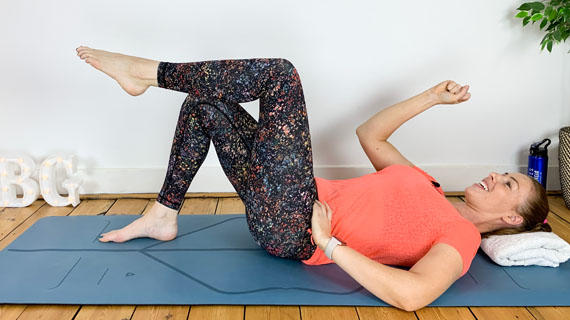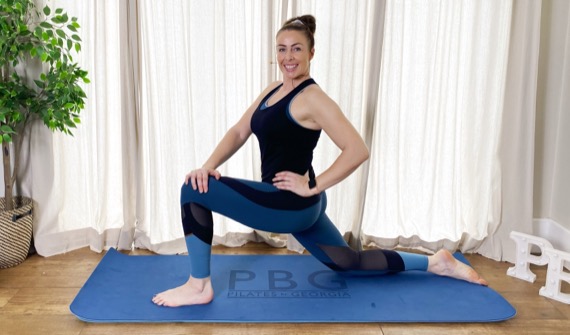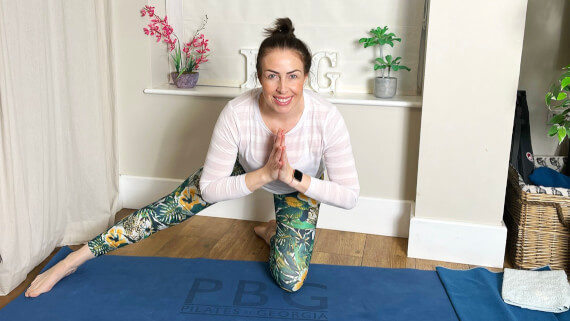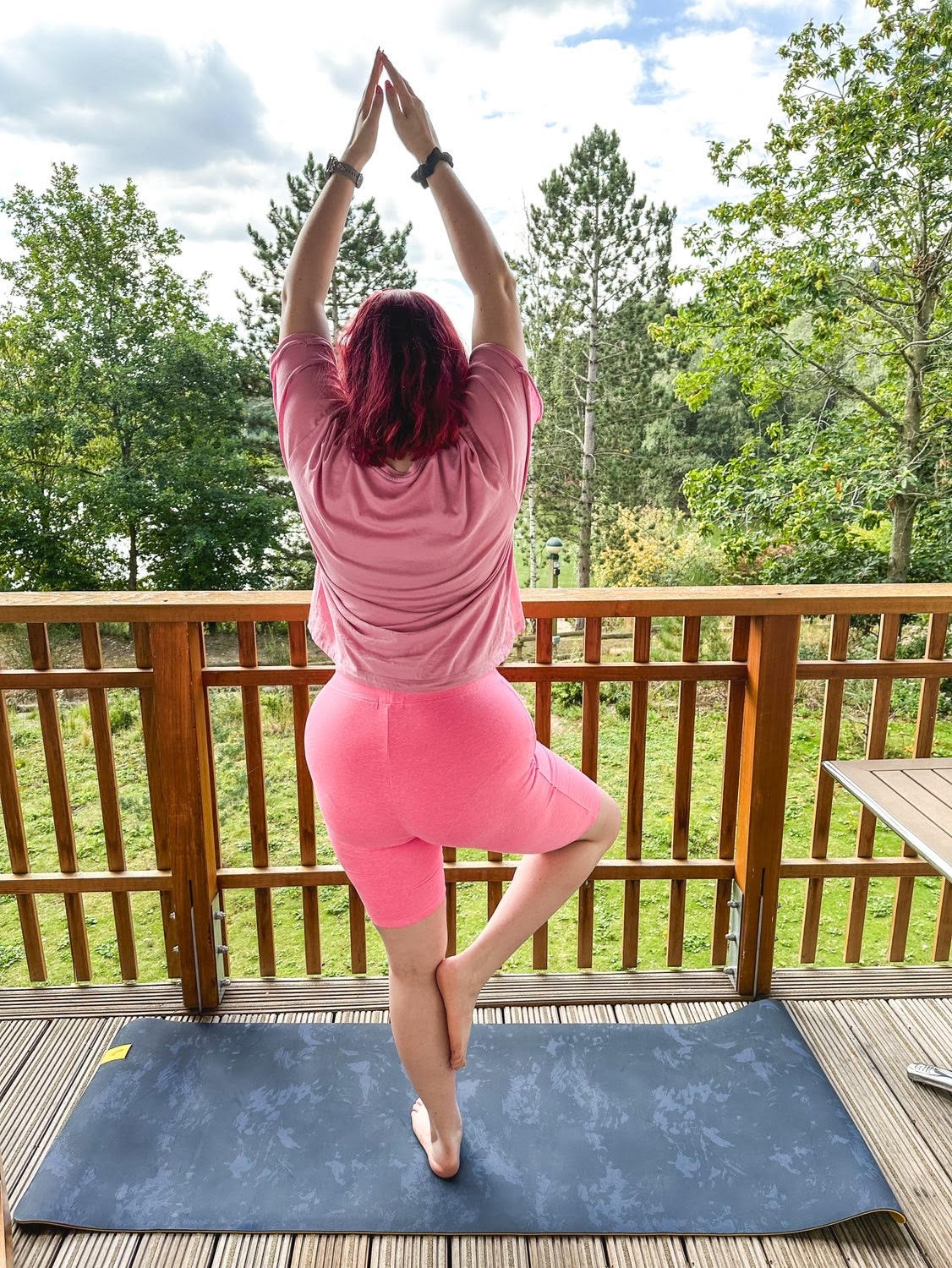Pelvic Pain
What is Pelvic Pain?
Your pelvis is made up of three joints which work together in a ring-type system. The joints include the pubic symphysis at the front and the lumbosacral, sacroiliac, and sacrococcygeal joints at the back. The structure of the pelvis supports the contents of the abdomen while also helping to transfer the weight from the spine to the lower limbs.
During gait, the joints within the pelvis work together to decrease the amount of force transferred from the ground and lower extremities to the spine and upper extremities.
All about Pelvic Pain
Causes of Pelvic Pain
Pelvic pain is often associated with injuries or ailments in the reproductive organs, such as endometriosis, ovarian cysts or pregnancy complications. In many cases, an infection or injury to those areas of the body causes inflammation that later inflames the joints or muscles. However, in many cases, pelvic pain can come from the muscles and joints.
Types of Pelvic Pain
- Sacroiliac joint dysfunction: SIJ is inflammation in the sacroiliac joints, which connect the lower spine to the pelvis.
- Pelvic Girdle pain: Can occur when the ligaments around the pelvic bone are overstretched allowing the pelvic joints to become more mobile which can lead to inflammation and pain in that area of the body.
- Weak pelvic floor muscles: The pelvic floor muscles support the bladder, bowel and uterus. When those muscles weaken, the organs above can start to become a heavy burden for your pelvis to support. Over time, this can lead to significant pain in your pelvic area and or associated prolaspes.
- Joint hypermobility: Excessive mobility due to lax connective tissue supporting the pelvic joints has been shown to be a factor in patients who suffer with chronic pelvic pain.
- Irritable bowel syndrome: IBS is often accompanied by muscle contractions in the intestines that can push up against the pelvic floor and cause discomfort.
Symptoms of Pelvic Pain
The main symptom of pelvic pain is pain and discomfort around the pelvic area. It is possible for pelvic pain to affect your activities of daily living and you may find you find it more difficult to climb stairs or walk long distances.
Other symptoms can be:
- Pelvic floor muscle tension
- Fibromyalgia
- Pubic symphysis (pubic joint inflammation)
- Pain only when you're doing something, like exercising, having sex, or peeing
- Hernia.
Pelvic Pain Treatment
Modify or avoid activities that worsen your pain to help reduce irritation.
See a women’s health specialist / pelvic health specialist Physio to determine cause.
Medication: seek appropriate pain relief to reduce discomfort and allow for more mobility exercises.
Do watch the PBG information class on pelvic pain and then try the QuickFix exercise class to learn how to safely activate, mobilise, and stretch to relieve discomfort.
Free Class: Quick Fix for Pelvic Pain
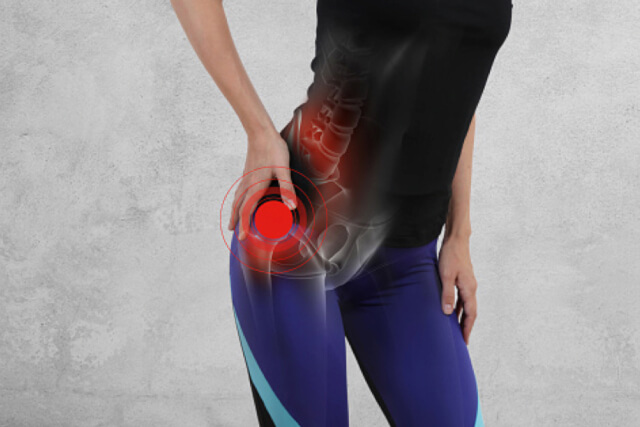
 Physio Tip!
Physio Tip!
BREATHE! Learning how to connect your breathing and pelvic floor activity can help to reduce tension, build stability and reduce pain.
Alert!
Contact your healthcare provider immediately if:
- It's severe, getting worse or hurts when you move or touch the area
- You find it difficult to pee or poo
- You have pain when peeing or need to pee more than usual
- You have a very high temperature (you feel hot and shivery)
- You are pregnant or may be pregnant.
